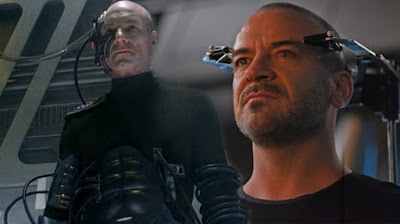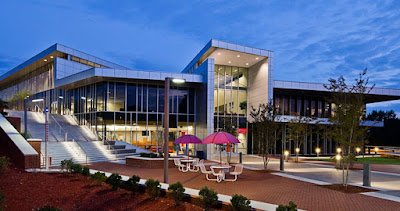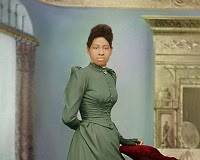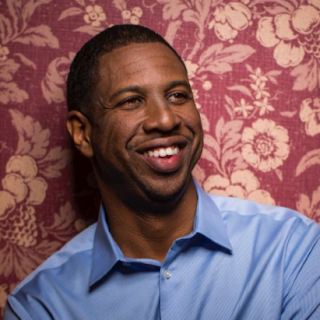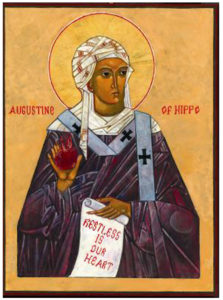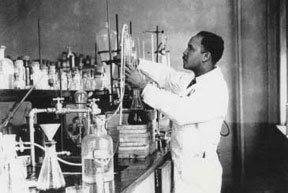 |
| Spelman College - About Us |
Topics: African Americans, Civil Rights, Education, Human Rights, Women's Rights
South Carolina State University
Founded in 1896 as the state's sole public college for black youth, SOUTH CAROLINA STATE UNIVERSITY has played a key role in the education of African-Americans in the state and nation. As a land-grant institution, it struggled to provide agricultural and mechanical training to generations of black youngsters. Through its extension program, it sent farm and home demonstration agents into rural counties to provide knowledge and information to impoverished black farm families.
The University has educated scores of teachers for the public schools. It provided education in sciences, literature, and history. The support of the Rosenwald Fund and the General Education Board helped the institution survive the Depression. After World War II, the state legislature created a graduate program and a law school at SOUTH CAROLINA STATE UNIVERSITY to prevent black students from enrolling in the University of South Carolina's graduate and legal education programs. The legislature also dramatically increased funding at the college in an effort to make "separate but equal" a reality in higher education in South Carolina. During the 1950s and 1960s hundreds of S.C. STATE students participated in local civil rights demonstrations and were arrested. In 1968 three young men were slain and 27 wounded on the campus by state highway patrolmen in the Orangeburg Massacre.
Since 1966, S.C. STATE has been open to white students and faculty, but it has largely retained its mission and character as an historically black institution. In 1971, the agricultural program was terminated and the college farm was transformed into a community recreation center consisting of a golf course as well as soccer and baseball fields. Today there are nearly 5000 students majoring in a wide range of programs that include agribusiness, accounting, art, English, and drama as well as fashion merchandising, physics, psychology, and political science.
Southern University of New Orleans
Southern University at New Orleans (SUNO) was founded as a branch unit of Southern University and Agricultural & Mechanical College in Baton Rouge (SUBR) on September 4, 1956.
On September 21, 1959, SUNO opened its doors on a 17-acre site located in historic Pontchartrain Park, a subdivision of primarily African American single-family residents in eastern New Orleans.
Established as an open community of learners, classes began with 158 freshmen, one building and a motivated faculty of 15. The University offered 10 courses in four academic disciplines: Humanities, Science, Social Science and Commerce.
Today, SUNO serves as a beacon for those looking for educational advancement in an environment that provides the personal attention students need for success.
Our mission is to be one of America’s premier institutions of higher learning and to graduate students ready to contribute to the city and nation.
Southern University at Shreveport
Southern University at Shreveport, a unit of the Southern University System located at Baton Rouge, Louisiana, was created by Act 42 of the ordinary session of the Louisiana Legislature on May 11, 1964, and designated a two-year commuter college to serve the Shreveport-Bossier City area. Its basic emphasis was to provide the first two years of typical college and university work.
Governor John H. McKeithen signed this Act on June 27,1964, and the Institution was opened for instruction on September 19, 1967. The definitive designation of Southern University at Shreveport as a unit of the Southern University System reflects historical precedence.
Southern University and A&M College
As the nation’s only historically black college system with five campuses in Louisiana’s three largest cities, Southern University and A&M College (SUBR) has a rich history that is filled with pride, excellence and resiliency.
Southern originally began in New Orleans, Louisiana in 1880, after a group of black politicians, P.B.S. Pinchback, Theophile T. Allain, and Henry Demas petitioned the State Constitutional Convention in 1879, in order to establish an institution of higher learning for “colored people.”
The following year, Southern came into existence and was chartered on April 10, 1880, with the passage of ACT 87 of the Louisiana General Assembly, which allowed the establishment of an institution of higher learning for African Americans.
Southern officially opened their doors on March 7, 1881 on Calliope Street in New Orleans.
The university had twelve students, five faculty members, and a budget of $10,000. It remained at that location until 1883, and then relocated to Magazine Street and Soniat Street Square.
Southwestern Christian College
1865
On the campus stands the first dwelling erected in Terrell. This home, built by a man named Terrell, was constructed in an octagonal shape to give better protection against Indians. Today it remains as one of the twenty surviving Round Houses in the entire nation--listed by the Dallas Centennial as a place to visit. Even when it was built, the house was the object of interest as it contained the first glass windows in Kaufman County. The doors, however, were typical of the pioneer houses in that they were put together with wooden pegs. The original doors have long since been removed, and other rooms have been added at the back of the house, but the original logs used as supports in the house are still supporting the building. The local chapter of the Historical Society has placed a historical marker at the Round House site.
1948
In the Fall of 1948, with some forty-five students attending, a small beginning was made in Fort Worth, Texas, under the name of Southern Bible Institute. George P. Bowser (1874-1950) played a significant role in this effort.
1949
The Board intended to buy property in Fort Worth to erect a permanent school plant, but in the summer of 1949, an opportunity was afforded to purchase the school property formerly owned by the Texas Military College in Terrell. When the military school closed and the property was offered for sale, the Trustees purchased it. At this time the name was changed to Southwestern Christian College.
Spelman College
Founded in 1881 as the Atlanta Baptist Female Seminary, we became Spelman College in 1924. Now a global leader in the education of women of African descent, Spelman is accredited by the Commission on Colleges of the Southern Association of Colleges and Schools and we are proud members of the Atlanta University Center Consortium. Today our student body comprises more than 2,100 students from 43 states and 10 foreign countries. Spelman empowers women to engage the many cultures of the world and inspires a commitment to positive social change through service. We are dedicated to academic excellence in the liberal arts and sciences and the intellectual, creative, ethical and leadership development of our students.
Spelman is proud of its 76 percent graduation rate (average over six years), one of the best in the nation, but our support doesn’t stop once you step on stage to take your diploma. Our global alumnae network is strong, providing connections and helping hands to graduates as they begin on their path of global engagement.


